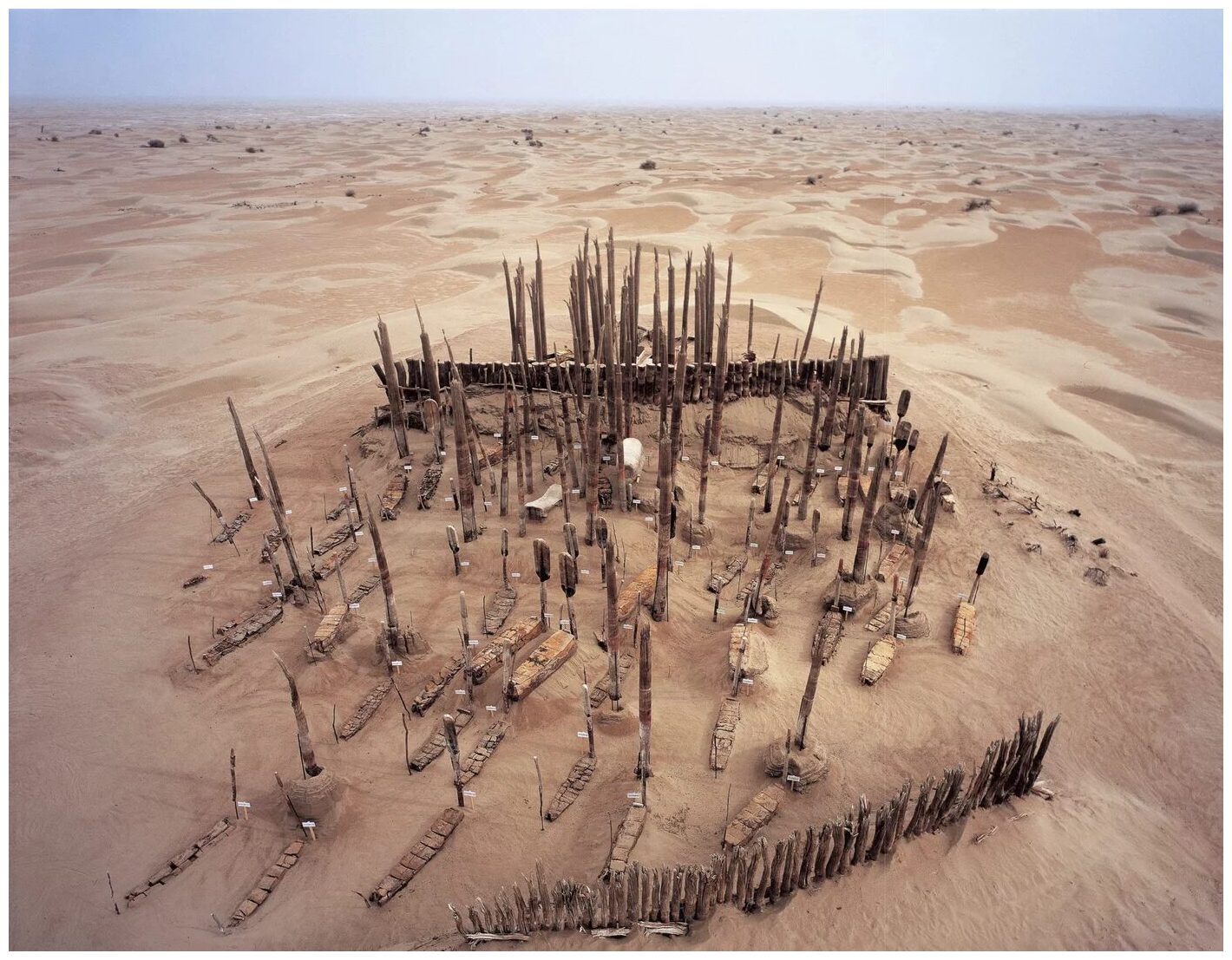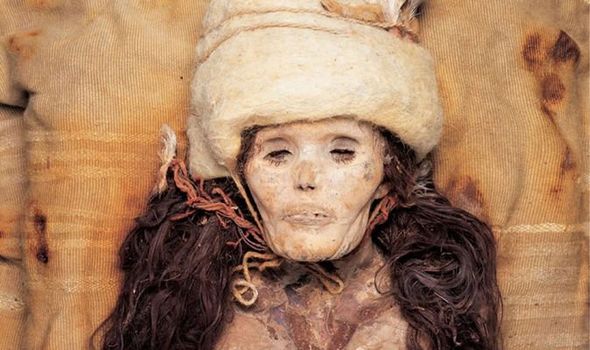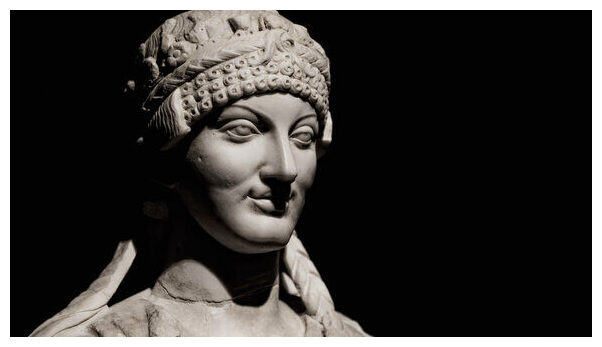That's so sad! I had the chance to correspond with her a bit - where she told me she was working on getting Plato Prehistorian back in print. She was very kind and gracious, sending a copy of her YA novel because she thought I would like it. I hope she is happy on the other side.During my search, I unfortunately discovered that Mary Settegast has passed on last year
You are using an out of date browser. It may not display this or other websites correctly.
You should upgrade or use an alternative browser.
You should upgrade or use an alternative browser.
The New History of Mankind: Who Are we? What are we? How did we get here?
- Thread starter Laura
- Start date
zak
The Living Force
As i know this link giving by Altair is always valid, so i hope you gonna find your happiness!However, I cannot find any shop that sells Settegast's "When Zarathustra Spoke" for any reasonable price and the one University library I found within 200km doesn't loan it. Has anyone managed to scan it? I would really appreciate it!
Last edited by a moderator:
Eulenspiegel
Jedi Master
Oh yes, Altair has already PMed me. Am happily reading it already

Chad
The Living Force
As AI says, it's sad news. I particularly liked the books of hers that we've discussed in this thread. Thanks for letting us know.
I checked out the obituary you linked to and it said that 'in lieu of flowers or other remembrances, contributions may be sent to Heifer International'. The organisation is apparently working towards ending 'hunger and poverty around the world by providing livestock and training to struggling communities', which, considering her research, i think is pretty cool.
MARY SETTEGAST
1934 - 2020
SETTEGAST--Mary Ann, 86, Scholar and author, died peacefully on August 24, 2020, at her home in Boulder, CO.
Born in Houston on May 27, 1934, to parents Lester and Sybil Carroll Settegast, Mary attended River Oaks Elementary and Lamar High School and graduated from the University of Texas at Austin with a degree in English. Mary went on to receive her teaching certificate from the University of Denver. From 1965 to 1969 she taught second grade in the Aspen Public Schools. She then enrolled in the Graduate School of Education at the University of California, Berkeley. Her master's thesis research brought her back to Aspen to study with educational innovator Sylvia Ashton-Warner at the newly founded Aspen Community School. During this time she also designed and helped build her own modernist house along Hunter Creek.
In 1975 Mary left Aspen to attend Columbia University in New York City, intending to pursue a PhD at the School of Education, Health, and Psychology. After taking an anthropology course from Margaret Mead and attending several archaeology lectures, she transferred to the Department of Art History and Archaeology, where she earned her second master's degree. Fascinated by the Neolithic and Chalcolithic settlement of Catalhoyuk, she moved to England to study with James Mellaart, the original excavator of the site.
She traveled widely in Europe and the Middle East, gathering research material for her first book, Plato Prehistorian: 10,000 to 5,000 BC in Myth and Archaeology (1986). Mary's ongoing pedagogical interests led her to Waldorf education. She studied eurythmy, an art of movement taught in Waldorf Schools, at the Goetheanum in Dornach, Switzerland, and at The School of Eurythmy in Spring Valley, NY. Upon completing her training, she moved to Boulder to teach eurythmy and lived there until her death.
Her years in Boulder included the publication of three more books: Mona Lisa's Moustache: Making Sense of a Dissolving World (2001), When Zarathustra Spoke: The Reformation Of Neolithic Culture And Religion (2005), and The Bear, the Bull, and the Child of Light (2019).
Mary's intellectual curiosity extended beyond education and archaeology. Her far-ranging interests included astrology and Zen Buddhism, of which she was a dedicated practitioner. She enthusiastically engaged in the world of politics. Perhaps above all, she expressed her deep appreciation of beauty through her impeccable stewardship of her home and garden. Nothing pleased Mary more than opening her garden to neighbors and passersby who were often greeted by a tall, elegant woman waving gardening shears from amidst her roses. Mary loved life deeply and lived it fully. Her passion, her reverence, and her laughter are the gifts she bequeaths to all who knew her.
She is survived by her sister Carol Kobb of Houston, nephew Michael Kobb of Belmont, CA, and a community of beloved neighbors and friends. In lieu of flowers or other remembrances, contributions may be sent to Heifer International or Meals on Wheels in Boulder. Services provided by TheNaturalFuneral.com.
Published in New York Times on Sep. 20, 2020.
1934 - 2020
SETTEGAST--Mary Ann, 86, Scholar and author, died peacefully on August 24, 2020, at her home in Boulder, CO.
Born in Houston on May 27, 1934, to parents Lester and Sybil Carroll Settegast, Mary attended River Oaks Elementary and Lamar High School and graduated from the University of Texas at Austin with a degree in English. Mary went on to receive her teaching certificate from the University of Denver. From 1965 to 1969 she taught second grade in the Aspen Public Schools. She then enrolled in the Graduate School of Education at the University of California, Berkeley. Her master's thesis research brought her back to Aspen to study with educational innovator Sylvia Ashton-Warner at the newly founded Aspen Community School. During this time she also designed and helped build her own modernist house along Hunter Creek.
In 1975 Mary left Aspen to attend Columbia University in New York City, intending to pursue a PhD at the School of Education, Health, and Psychology. After taking an anthropology course from Margaret Mead and attending several archaeology lectures, she transferred to the Department of Art History and Archaeology, where she earned her second master's degree. Fascinated by the Neolithic and Chalcolithic settlement of Catalhoyuk, she moved to England to study with James Mellaart, the original excavator of the site.
She traveled widely in Europe and the Middle East, gathering research material for her first book, Plato Prehistorian: 10,000 to 5,000 BC in Myth and Archaeology (1986). Mary's ongoing pedagogical interests led her to Waldorf education. She studied eurythmy, an art of movement taught in Waldorf Schools, at the Goetheanum in Dornach, Switzerland, and at The School of Eurythmy in Spring Valley, NY. Upon completing her training, she moved to Boulder to teach eurythmy and lived there until her death.
Her years in Boulder included the publication of three more books: Mona Lisa's Moustache: Making Sense of a Dissolving World (2001), When Zarathustra Spoke: The Reformation Of Neolithic Culture And Religion (2005), and The Bear, the Bull, and the Child of Light (2019).
Mary's intellectual curiosity extended beyond education and archaeology. Her far-ranging interests included astrology and Zen Buddhism, of which she was a dedicated practitioner. She enthusiastically engaged in the world of politics. Perhaps above all, she expressed her deep appreciation of beauty through her impeccable stewardship of her home and garden. Nothing pleased Mary more than opening her garden to neighbors and passersby who were often greeted by a tall, elegant woman waving gardening shears from amidst her roses. Mary loved life deeply and lived it fully. Her passion, her reverence, and her laughter are the gifts she bequeaths to all who knew her.
She is survived by her sister Carol Kobb of Houston, nephew Michael Kobb of Belmont, CA, and a community of beloved neighbors and friends. In lieu of flowers or other remembrances, contributions may be sent to Heifer International or Meals on Wheels in Boulder. Services provided by TheNaturalFuneral.com.
Published in New York Times on Sep. 20, 2020.
May she rest in peace. Even if saying this comes a few months later than usual. What I could add is that as I tried to find her book which was difficult if not impossible, I discovered that one edition of Plato Prehistorian: 10,000 to 5,000 BC in Myth and Archaeology had been issued by a publishing house associated with the Waldorf Schools. This surprised me, and I ended up learning that this person and author was truly unique.MARY SETTEGAST
1934 - 2020
SETTEGAST--Mary Ann, 86, Scholar and author, died peacefully on August 24, 2020, at her home in Boulder, CO.
Delete me
A Disturbance in the Force
How do I PM?Now we have a searchable PDF (with cropped pages) of the Plato book. Send me a PM if you need a copy.
I'm interested in When Zarathustra Spoke and the Plato book.
Hello, aeboy56. Seeing that it's your first post, would you like to introduce yourself in the Newbies section? Thank you!How do I PM?
I'm interested in When Zarathustra Spoke and the Plato book.
Hi aeboy56,
Go to Altair's original post. Under the profile picture, left click Altair's name. You should see 'Start a conversation' in the window that appears. Click that and that is how you PM. When I do the same for your name, I don't see 'Start a conversation'. This may be due to your being a new member and not having enough posts. I figure if that is the case and you can't PM, then post here and I think a Moderator might be able to help figure something out.How do I PM?
I'm interested in When Zarathustra Spoke and the Plato book.
Interesting update about the Tarim Basim mummies (the mummies with "Western" physical appearance in Asia):

 www.sott.net
www.sott.net


The surprising origins of the Tarim Basin mummies
Genomic study reveals an indigenous Bronze Age population that was genetically isolated but culturally cosmopolitan. In a new study, an international team of researchers has determined the genetic origins of Asia's most enigmatic mummies - the...
To their great surprise, the researchers found that the Tarim Basin mummies were not newcomers to the region at all, but rather appear to be direct descendants of a once widespread Pleistocene population that had largely disappeared by the end of the last Ice Age. This population, known as the Ancient North Eurasians (ANE), survives only fractionally in the genomes of present-day populations, with Indigenous populations in Siberia and the Americas having the highest known proportions, at about 40 percent. In contrast to populations today, the Tarim Basin mummies show no evidence of admixture with any other Holocene groups, forming instead a previously unknown genetic isolate that likely underwent an extreme and prolonged genetic bottleneck prior to settling the Tarim Basin.

The book is currently available free of charge in Kindle format on Amazon.de 
The Origins of the World's Mythologies (English Edition)

The Origins of the World's Mythologies (English Edition)
Another update from the steppes, this time in relation to the Etruscans:

 www.sott.net
www.sott.net


The origins of the ancient Etruscans
Unearthing ancient relics can tell you many things about a ghost civilization, but where you found those relics is not necessarily where those long-lost people came from. For years, the origins of the Etruscans remained an unsolved mystery. They...
Researcher Cosmio Psoth of the University of Tübingen, who recently coauthored a study in Science Advances, revealed they crossed the steppes of what is now Russia and Ukraine to reach the Italian peninsula of Etruria. This disproves the assumption that language and origins are always related in some way or another. Etruscan genes were relatively stable until the Roman Empire took over, and conquering rulers seized foreign lands and brought in new blood.
"The Etruscans carried the steppe-related genetic component derived from populations that likely spread Indo-European languages across Italy. Nevertheless, they preserved their cultural and linguistic identity," Psoth told SYFY WIRE.
Even though they came from elsewhere, the genetic profiles of the Etruscans and the Latins who lived in Rome are rather similar despite their cultural and linguistic differences. Extracting DNA from bones and teeth showed both share steppe ancestry. Maybe, like the Basque, the Etruscans merged with other populations in Italy over a long stretch of time, through the Roman Empire. This can only be proven with substantial sequencing of genomes from individuals who lived in central Italy during the Bronze Age.

An opinion from Nick Barksdale on "The Study of Antiquity and the Middle Ages". And how the Basque culture may have avoided conquest.
Basque Origins | DNA, Language, and History
Apr 17, 2021
Basque Origins | DNA, Language, and History
From the Spanish and French valleys of the Western Pyrenees to the Atlantic coast of the Bay of Biscay, the historically isolated Basque people have lived for millennia. In this diverse and fertile region, the Basque have retained their unique non-Indo-European language and dialects, Euskara, as well as their own cultural and regional identities. As the surrounding populations of Europe have shifted over the ages again and again, the Basque people remain. Known today by its inhabitants as Euskadi, País Vasco, or Euskal Herria, the Basque Country has become a region famous for its cuisine and wine of ancient grapes such as Tempranillo, of traditional fishing villages and picturesque cities. Tourism has replaced much of history’s strife. But defining Euskal Herria is as difficult as defining the word Herria itself. In Euskara its root herri can mean everything from village to population to nation. Euskal Herria is the collective identity of this ancient people. Basque Country has historically comprised of settlements located along the western edge of the Pyrenees, currently organized in seven provinces: Gipuzkoa; Bizkaia; Araba; and Nafarroa on the southern side of the Pyrenees and Zuberoa; Lapurdi; and Nafarroa Beherea on the northern side. Euskara has five main dialects, a non-Indo-European language isolate with no close relationship to any other extant language. Overall, Euskara is spoken by nearly thirty percent, or three-quarters of a million Basques. The vast majority are in the Spanish region. Only seven percent are in the French portion. The French dialects are Navarrese– Lapurdian and Souletin, and the Spanish dialects are Upper Navarrese, Biscayan, and Gipuzkoan. These dialects are sometimes mutually incomprehensible, especially in the case of Souletin. Studies suggest that these dialects branched from a unified Basque language sometime during the Middle Ages and developed according to geographical, cultural, political, and administrative reasons. Although structurally unlike any Indo European language, the official Euskara Batua today contains many loan words from Romance languages --up to 40% of its vocabulary, and a modified Latin script. The mystery of Euskara’s long linguistic isolation has led to many theories of its origins and possible related languages. Most of these hypotheses are very tenuous, such as Basque-Iberic comparisons based on fragments of extinct variations of Vasconic, Auquitanian, and Iberian tongues, or they are based on coincidence and pseudoscientific speculation, ranging from the popular assertion that the Basques are descended from Old Testament patriarchs to the folk beliefs that Basques are related to the distant Kartvelian populations of Caucasus Georgia to a slightly more plausible relation to the ancient Chechen language, neighbors of the Georgians whose language structure appears closer to Euskara. These models of Dené-Caucasian language families might mean that the Basque and their ancestors originated from the Caucasus. But only the latest genetic studies of modern Basque samples have reached clear conclusions.
